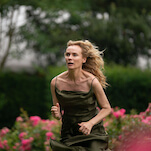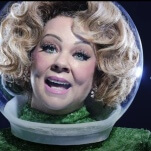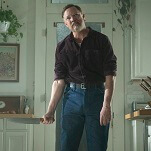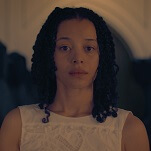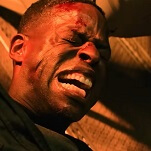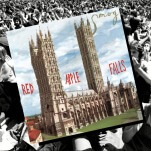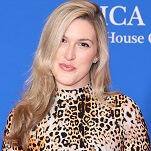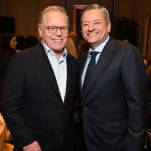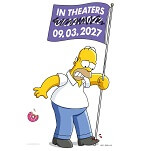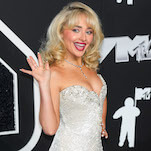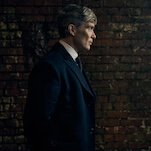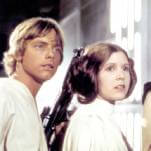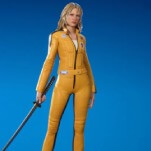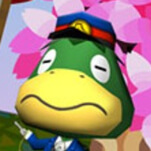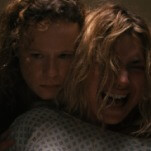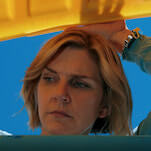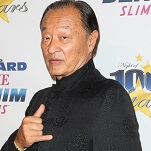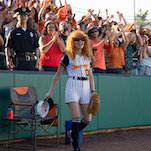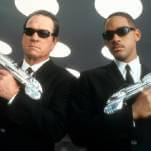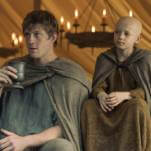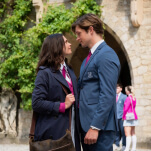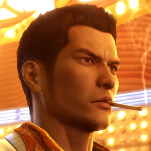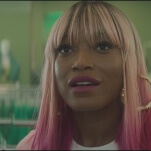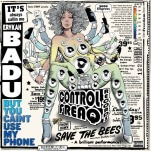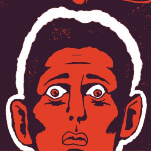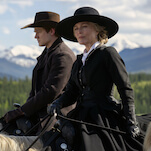Without the book’s passionate relationships, The Goldfinch is just a series of unfortunate events
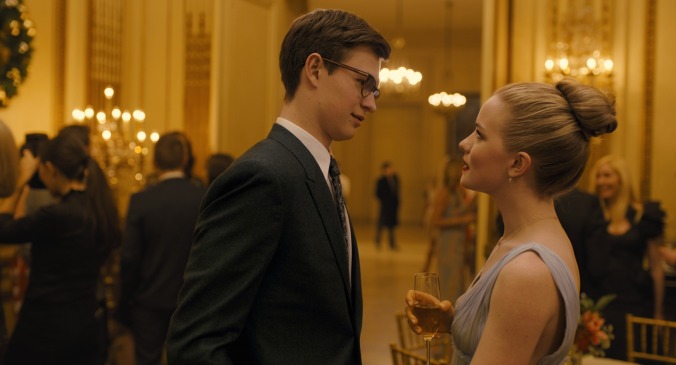
The Goldfinch is a very pretty movie. That’s no shock, given the directing and cinematography team of John Crowley (Brooklyn) and Roger Deakins (a not-inconsiderable portion of the best-looking American films of the past 20 years). Aesthetics add new value to a narrative that loses its original medium—namely, all those words that can’t just be slapped onto celluloid. And The Goldfinch is losing a lot of them; at nearly 800 pages, it’s a doorstop of a novel. But in adapting this difficult-to-adapt work, the creative team made an odd choice: They didn’t replace all those long, character- and world-building passages with anything else. They just assembled the key plot points, and then tried to make them look nice. It’s a losing strategy for a film, and a death knell for a literary adaptation.
Donna Tartt’s Pulitzer-winning book is above all else a character study, so by jettisoning most of the lengthy, unflashy moments of downtime that comprise the life of its lead character, the heart of the story is fundamentally changed. That wouldn’t be a problem if there was a sufficient reworking of the material so that it attempted a different kind of narrative altogether, one that focused more on a particular element or plot point. But the movie just stumbles from one progression of the story to the next, bereft of any connective tissue that would make it all cohere. This isn’t just the harping of “They didn’t include my favorite scene!” or “The book was better” refrains so common to adaptations of beloved books (though they didn’t, and it is). As our film editor, A.A. Dowd, who has not read the book, emphasizes in his review, The Goldfinch falls into “that common adaptation pitfall of fidelity without purpose; even if you haven’t read Tartt’s mammoth work, you may sense an absence. This is one of those page-to-screen follies that gives off the persistent impression, scene by scene, of a wealth of something being lost in translation.” And that something, when it comes to what makes the book special, is everything.
The novel, despite being told as a reflection of a life at the end of its story, progresses quite linearly, from childhood to adulthood, with none of the flashbacks and temporal jumping between timelines found in the film. Theodore “Theo” Decker is 13 years old when the book opens, his mother filling time with him one morning before a meeting with Theo’s principal (he’s been wrongly accused of smoking cigarettes and suspended) by taking him to the Metropolitan Museum Of Art. There, a terrorist bombing results in the deaths and injury of dozens of people—including Theo’s mom—sending Theo to live with his nerdy friend Andy Barbour’s family in their tony Park Avenue residence, where he begins to find a measure of contentment just in time for his absentee father to reappear and whisk him off to live in a mostly abandoned expansion community outside Vegas.
What Theo hasn’t told anyone is that, while sitting in the post-blast rubble and bonding with a dying antiquities dealer, Welton “Welty” Blackwell, the old man insisted he take a famed Dutch masterpiece, The Goldfinch, for safekeeping. Even after bonding with Welty’s good-natured partner, James “Hobie” Hobart, and developing a serious crush on Welty’s niece, Pippa (badly injured in the blast), he keeps the knowledge of the painting to himself, hiding it behind the headboard in his new Vegas home. While there, he befriends Boris, the son of a Ukrainian émigré, and the two boys spend the next year drinking, doing drugs, and forming a deeply emotional bond that constitutes one of the novel’s foundational elements. It comes to an end when Theo’s father, in debt to a bookie, crashes his car and dies, and Theo returns to New York to avoid entering the foster system, where Hobie takes him in as a ward and teaches him the art of antiques restoration.
Flash forward eight years (it’s not hard to see why people considered the novel dicey source material for a film), and we follow adult Theo, having turned Hobie’s failing fortunes around through some slick (and very illegal) sales of imitation works he’s passed off as the real deal. Soon one of his marks, Lucius Reeve, reveals that he knows that he was not only sold a fake, but also that Theo’s the only one who could have absconded with the painting all those years ago, and tries to blackmail him into selling it. Theo, still in thrall to the prescription drugs he developed a fondness for during his time with Boris, tries to juggle his growing fear of Reeve with his engagement to Kitsey, the youngest Barbour, all while still hopelessly in unrequited love with Pippa. And that’s all before Boris reappears to confess stealing the painting when they were kids, reveals it’s been taken from him, and enlists Theo’s help to get it back in a dangerous showdown in Amsterdam. Did we mention it’s a lot of book?
Because there’s so much ground to cover, the film chooses to simply depict key moments of the narrative, and doesn’t alter much in terms of the basic plot, even when it seems as though it could’ve benefitted from some judicious alterations. It’s a case of maintaining fidelity to the letter of the novel, instead of the spirit. And the short version of the book’s material—all the movie has to work with—is pretty simple: Bad things happen. Dealing with them via pharmaceuticals is an understandable reaction, and most of us are broken in one way or another. But we make it through this life via our bonds with others. It’s trite, but true, and by removing the demonstration of those bonds, it renders Theo’s journey as a series of unfortunate events that would make Lemony Snicket proud.

